This is how it’s done
Best Practice in uninterruptible power supplies. Why you should ask EFFEKTA.
Please contact me:
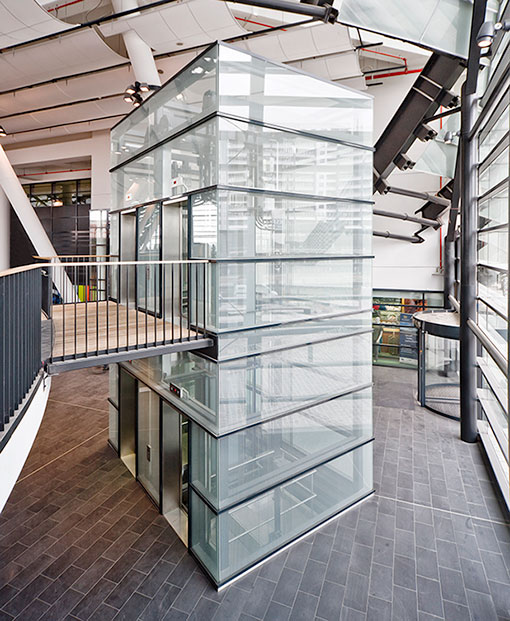
© OSMA-Aufzüge
UPS contribution to energy efficiency
Through a consistent policy of optimization, EFFEKTA succeeded with its ‘MTD Industry’ version of UPS to develop an uninterruptible power supply system with a very low level of autonomous power consumption, positioning it by as much as 70% below the standard power consumption level of standard UPS units on the market. Just how decisive this contribution to cost-savings can be in the classification of the energy efficiency of an elevator becomes clear when you take a look at the relatively tight template limits that define this. An elevator in efficiency class A must consume less than 50 Watts when stationary. For efficiency class B, maximum power consumption is set at 100 Watts – so a reduction of 20 Watts can constitute an important factor in obtaining a better classification.
Having said that, with MTD Industry, EFFEKTA has done more than achieve maximum efficiency in terms of power consumption. The entire design of the UPS opens up opportunities for conserving resources. For example, the control unit and batteries on this UPS are housed separately. This simple plug-in design makes it easier to replace the battery without the need to replace the electronic control unit at the same time. The replaced battery packs are reconditioned in the plant and are then capable for further operation.
Energy efficiency – not just a question of standards
OSMA elevators, a company with a rich tradition, was immediately faced by two basic requirements to satisfy in its project at ‘Climate House Bremerhaven 8° East’. The objective not only entailed implementing the energy efficiency stipulations of VDI standard 4707 for no fewer than seven elevators, but also to provide autonomous power to stationary elevators in a way that entails the lowest possible level of power consumption. There was also a question of resource conservation – a key promotional claim of Climate House 8° East in Bremerhaven – the aim being to build an energy-efficient structure that delivers a low environmental impact.
In keeping with the priority status of our customer OSMA this project also involved satisfying the quality and innovation standards of this leading elevator manufacturer: This family-owned company has about 650 payroll staff across its 18 locations in Germany. It produces around 1200 elevators a year and provides maintenance cover to keep 20,000 existing elevator systems running safely and without any problems. There is good reason why the name OSMA is now synonymous with optimum technology, prize-winning design and great energy efficiency. OSMA is therefore an ideal partner for EFFEKTA to collaborate with, further enhancing its great reputation with new, intelligent UPS concepts.
To achieve tangible reductions in the energy needs of a stationary elevator, the UPS and/or its consumption of control current are an important factor. Consumption levels of 30 Watts or more are fairly common for a UPS and, given the tight limits governing the efficiency classes for elevators, this plays an altogether important role alongside factors such as control cabin lighting, drive control, displays and other components.
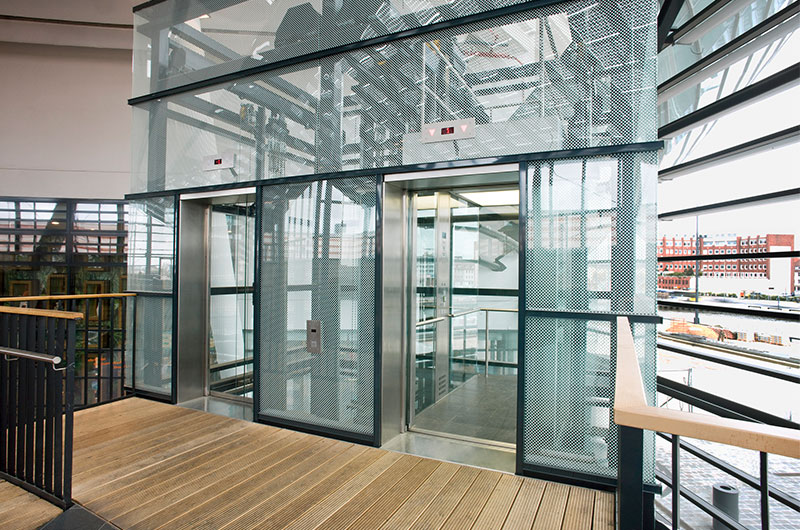
© OSMA-Aufzüge
percent energy saving
Watts less autonomous power
+x elevator systems equipped with this
Even more advantages: service-friendly, flexible, robust
Intensive development collaboration between EFFEKTA and elevator manufacturers has resulted in other properties that deliver great benefits. The system is very compact, there is an external control input and an automatic bypass relay. This means that if the UPS is switched off or is malfunctioning, the mains power inlet is switched directly through to the output and this further enhances operational reliability. The TN network also functions in battery mode, providing personal protection with the ground fault circuit interrupter (RCD), also in battery mode. Another advantage is the modular, plug-in layout of this device which makes it very easy to service. The ‘hot-swap’ battery replacement feature also makes maintenance fast and inexpensive. Since the power electronics and battery pack are separate, handling is easy, extending the service life of the battery. The system can be supplied to customer designs. Various housing shapes are possible, assembly is easy, various types of battery can be used and various status messages are displayed by the relay conductor. There is also the option of installing a dust filter.

Intelligent phasing out of an excessively complex UPS system
Merck employs a dynamic team of specialists here, working in three sectors: Healthcare, Life Science and Performance Materials. All share a love of science and an enthusiasm for technology. It is essential for a manufacturer of pharmaceutical and chemical products like Merck to have a reliable power supply to the manufacturing site, one that can be depended upon. Fluctuations in mains power or power failures would cause a complete shutdown of production and therefore high downtime costs whenever chemical processes are interrupted. For that reason, Merck installed an uninterruptible power supply at its Gernsheim site at a very early stage – but in the course of time, various different makes of UPS product were purchased, making the task of looking after this heterogeneous system a complicated one. Many different maintenance appointments had to be made, the people to contact at all those different manufacturers were not always known to everyone concerned and even the sourcing of the maintenance or spare parts needed often progressed at a very slow pace. In overall terms, the situation was unsatisfactory across the board, a situation that is by no means uncommon in large corporations.
As a consequence, back in 2008 EFFEKTA was brought on board to make decisive changes to this situation. In close collaboration with Merck we devised a concept for an innovative system of UPS units for the entire plant site, one that delivered high levels of availability.
UPS template for Merck sites from EFFEKTA
The task profile for Merck KGaA in Gernsheim was a clear one: A standardized UPS system had to be created, one that could also be rolled out at other sites of this company as the need arose. Optimum flexibility and availability of UPS systems are the key requirements. In addition, troubleshooting should be quick and easy in the event of an emergency.
The THOR series of EFFEKTA UPS systems satisfy these requirements in every respect: This UPS system is extremely flexible, thanks to its modular design. This makes ‘scalability’ possible, i.e. to keep on increasing the performance capability of the UPS system to almost any desired level – a UPS system that facilitates optimum levels of availability because the use of two devices makes it possible to achieve twice the level of redundancy. With the THOR UPS, electrical consumers can be supplied with up to 2 MVA of power. The efficiency, robustness and flexibility of these THOR units make this the perfect system for meeting critical customer requirements.
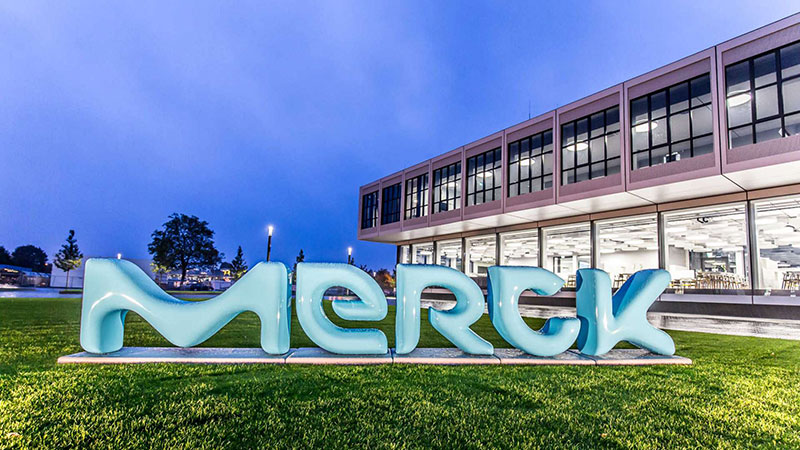
UPS units installed at the Gernsheim site
% reduction in the costs of UPS protection
Average bridging time for processes in minutes
% secured processes at the Gernsheim site
Leasing of UPS units: An all-round peace of mind package for customers
For the customer, it was not only important to get a reliable and standardized UPS system. For Merck KGaA, service also had a central role to play: Merck wished to get a complete package, comprising delivery of the UPS units and including on-site installation and set-up at various locations across the plant site. This complete package also included assembly, commissioning and a complex maintenance management scheme over an 8-year period, including any spare parts and accumulators that may be required.
Together with the accessories, such as an external bypass and network communication cards, Merck leased the entire package from EFFEKTA. For Merck this delivered the clear benefit of being able to plan anticipated levels of cost for UPS protection in a dependable manner.
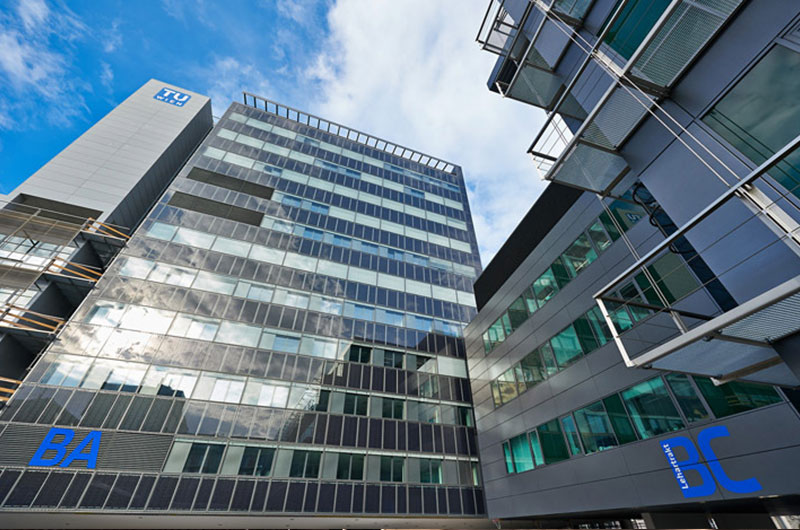
Performance limit reached: New safety for the heart of the IT faculty
The dedicated main server at the IT faculty at the Technical University of Vienna is a central instrument all of its research, tuition and administration. It will come as no surprise to learn that the faculty needs very particular requirements to be satisfied for these technical service providers – and the previous UPS system was no longer able to accomplish this. As early as 2015, it became apparent that the 80 kVA unit installed in 2010 (calculated at the time to have a power reserve of 50%) would soon become insufficiently powerful to meet growing levels of need.
Of course, for obvious reasons, the faculty had no wish to purchase a much larger system than they actually needed. Nonetheless, they did wish for a level of UPS performance that could be expanded to meet the further growth in requirements that the faculty anticipates.
A modular system makes this possible: Peace of mind for much more than 5 years
For EFFEKTA it was clear: A modular UPS system for the IT faculty is needed. The initial performance rating of 160 kVA – 120 kVA was the basic level of backup with a further 40 kVA of redundancy – was sufficient to meet the forecast needs of the next 5 years. It therefore provided plenty of cover for initial needs. It will be no problem to continue expanding this modular UPS system up to 320 kVA.
To ensure that this not insubstantial size of system would not exceed the limits of available space in the faculty building, the first step in this project involved a preliminary visit, during which the existing electrical installations were also examined in detail. Based on this, a quotation was produced that also took account of the experiences of this customer with the previous UPS system.
In previous operations, it became apparent that, although an automatic server shutdown facility was provided, a few residual consumers remained operational, making demands on the system and therefore further discharging the batteries, even after the server had been shut down. The customer also wanted to resolve this problem during renovation of the UPS system. All of these requirements were satisfied in full. Since March 2018, the new UPS system has been performing satisfactorily in the IT faculty in the 4th district of Vienna.
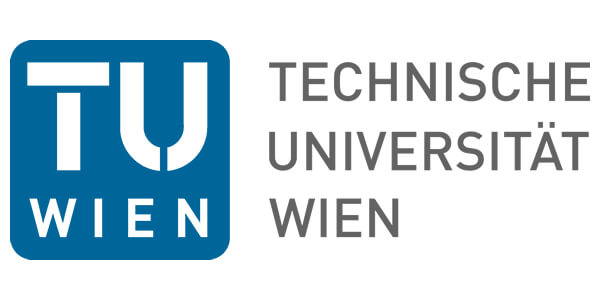
kVA basic capacity
kVA maximum performance expansion
pallets of material
tons of gross weight
Very practical at the same time: Bypass and programmable power circuit disengagement
An external bypass is incorporated in the concept for problem-free maintenance of the new UPS unit with a nominal power rating of 630 A to disconnect the EFFEKTA UPS fully from the system whenever service is required, or a malfunction needs to be remedied and without having to switch off the consumers connected to it.
To avoid any repeat of the experience made with the hold system in respect of the superfluous strain imposed on the batteries by residual consumers, potential-free contacts are provided. Their switching action is dependent on battery capacity. This switching thresholds can be programmed freely, enabling the potential-free contacts on individual power switches to be activated separately and to enable the affected load circuits to be switched off after a server shutdown.
